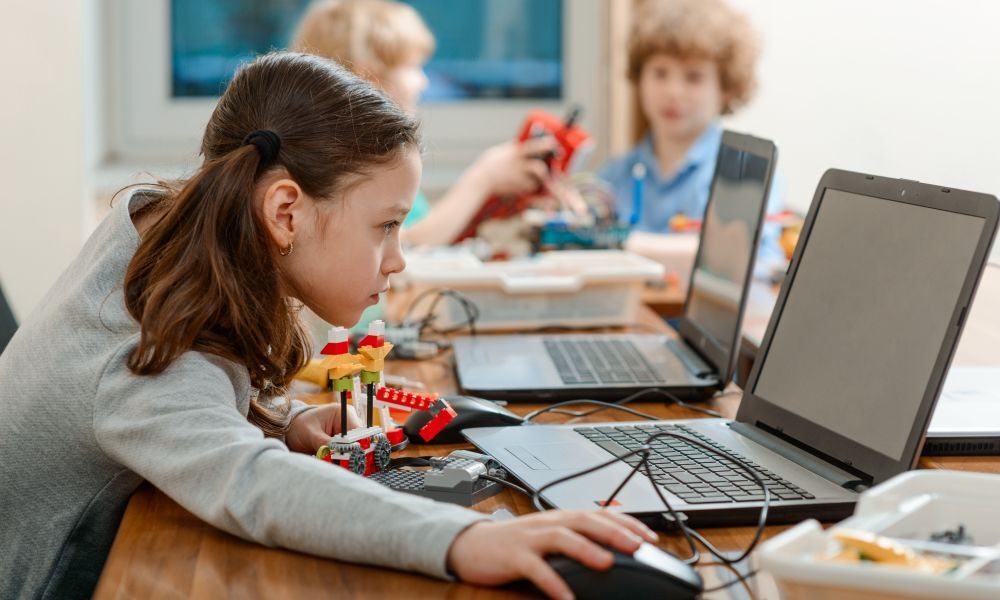Welcome to this month's edition of Researching education: Five further readings. In this series, we take a look at some further readings available on a particular topic, including open access research papers from various online databases, and Teacher archive content you might not have come across yet.
With the growing use of STEM across various industries in Australia, how can we ensure equitable opportunities and pathways for all students? How can schools build successful partnerships with industry specialists to rethink STEM education? In this edition of Researching education: Five further readings, we’re sharing five readings on the topic of Science, Technology, Engineering and Mathematics (STEM) from researchers in Australia and the US.
- STEM Pathways: The impact of equity, motivation and prior achievement. Published by the National Centre for Student Equity in Higher Education, this study looks at the difference in STEM pathways for equity and non-equity groups, the factors facilitating entry into STEM university courses for equity groups, and whether these factors are different for non-equity groups.
- Changing demand for STEM skills in Australia and gender implications. In this report published by the Australian Journal of Labour Economics, researchers from Curtain University detail a method developed to measure the intensity with which STEM skills are applied in different occupations based on STEM education and qualification levels. By measuring application of STEM education through intensity of use rather than simply a presence or absence of application, the researchers uncover a range of findings which present a nuanced understanding and projections of STEM demand in the Australian workforce.
- 2021-20 STEM Influencer Report – Parents. Prepared by YouthInsight for the Department of Industry, Science, Energy and Resources in Australia, this report builds on research identifying parents and educators as key influencers in young people’s education and career choices. The report presents the findings from a survey of 1492 parents and 844 teachers and career advisors in Australia about their perceptions and attitudes towards STEM, and considers how these findings can assist families, policy makers and educators in supporting girls in STEM. You might also be interested in viewing our infographic published last year sharing some insights from the 2021-20 STEM Influencer Report – Teachers & Career advisors.
- Teachers in Conversation with Industry Scientists: Implications for STEM Education. In this study published in the International Journal of Innovation in Science and Mathematics Education, researchers from Australia and the US explore the important considerations for industry-school partnerships to drive quality STEM education. Through an analysis of focus groups between industry scientists and early career science teachers, the researchers detail the advice between each for partnerships and STEM education, as well as potential barriers to successful partnerships.
- Indigenous Science Network Bulletin. The ACER Cunningham Library now hosts the Indigenous Science Network Bulletin. The Indigenous Science Network is a global initiative based in Australia that promotes the use of Indigenous science in education and highlights the work of Indigenous scientists.
Some of the resources featured in this article can be found through Cunningham Library Catalogue and EdResearch Online. At the links below, you can search for more resources on the topic of STEM in these two online databases.
You can also browse other topics at this page.
The Cunningham Library membership is open to individuals, schools and organisations. Membership includes access to a comprehensive collection of education research literature; weekday alerts to a selection of Australian education news; fast supply of articles and books from the collection; support in finding research; and an integrated online search tool that works across all our resources.
To become a library member, visit the website.



